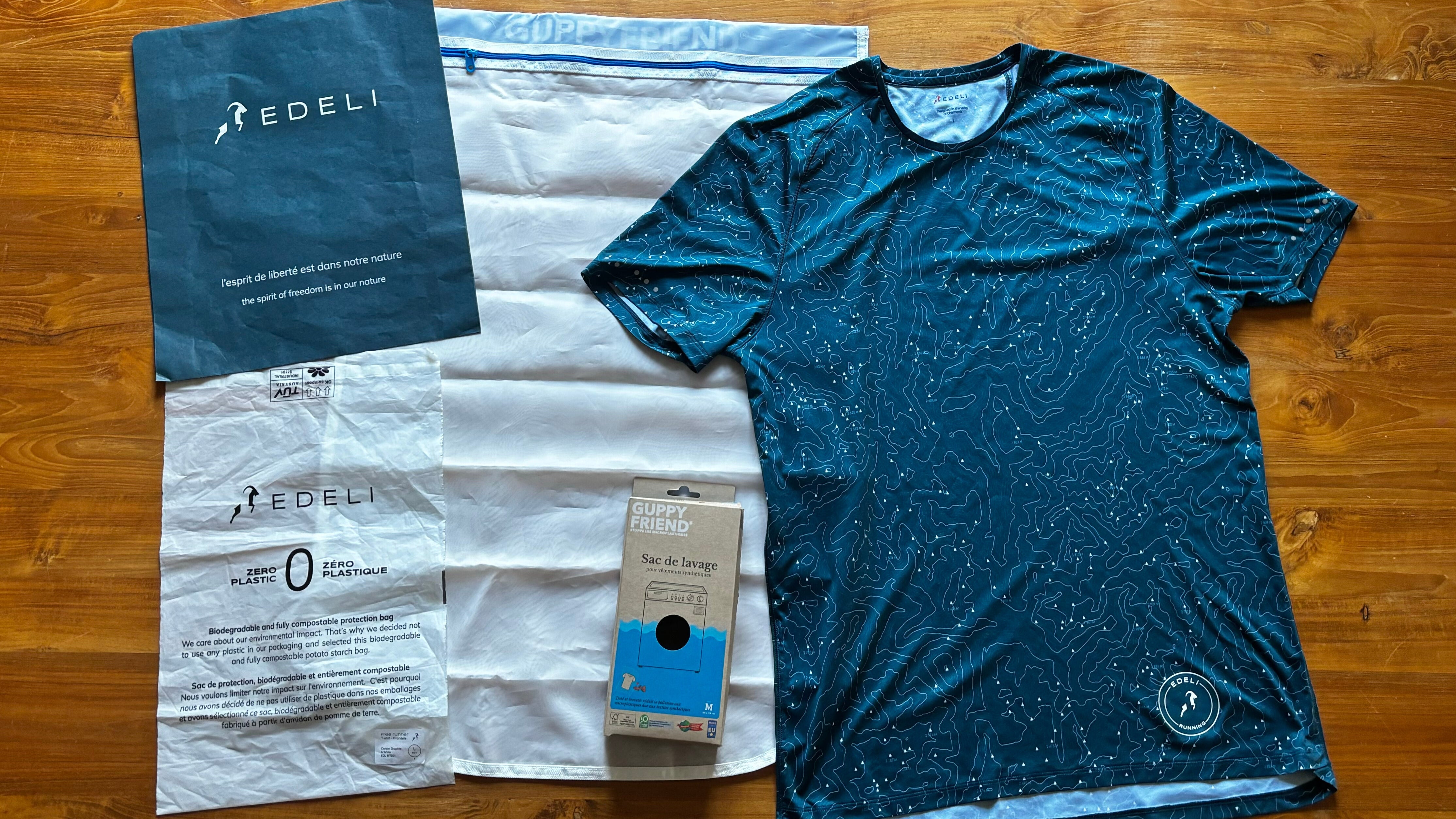
How to lose weight or maintain a healthy weight through running?
Running is an excellent cardiovascular exercise. It helps increase your heart rate and keep it elevated. It's also an aerobic exercise, stimulating your respiratory system. Your body increases its oxygenation and dilates its blood vessels to transport more oxygen to your muscles. One of the many benefits of regular aerobic cardiovascular exercise like running, combined with a balanced diet, is weight control, whether you're trying to lose weight or maintain a healthy weight.
Here are some tips for losing weight or maintaining a healthy weight through running:
1. Train 3 times a week or more
To lose weight or maintain a healthy weight through running, there are no miracles; you need to burn calories. And to burn enough, you need a certain frequency and duration/intensity of running sessions (everyone at their own pace). In terms of frequency, you should aim for 3 sessions and preferably 4 per week. You should try to alternate the type of sessions between recovery sessions at a moderate pace, sessions still at a moderate pace but longer (or longer) to gain endurance, and shorter but more intense interval sessions or hill sessions to gain speed. The duration of the sessions should be 45 minutes (it is of course possible to start with 30 minutes and gradually increase to 45 minutes). Remember to always include 5 to 10 minutes of gradual warm-up and 5 to 10 minutes of gradual cool-down. Long runs normally exceed the hour of running. For those who are starting to run, do not hesitate to alternate running and walking at the beginning and gradually increase the running part and decrease the walking part.
2. Combine running and muscle strengthening
Strengthening your muscles, especially in your legs and core, is a great complement to running. It allows you to develop a more efficient running technique with fewer unwanted movements and to delay the onset of fatigue. It's also a way to increase your calorie expenditure at rest, since this is linked to muscle mass. By increasing your muscle mass, you increase your basal metabolism. As a result, you'll burn more calories during physical activity, but also afterward, while you're resting.
3. Control your diet
To lose weight, you need to systematically burn more calories than you take in through food over a period of several weeks or even months. That is, you need to be in a calorie deficit until you reach your target weight, your ideal weight. It's not about depriving yourself and eating too little, but rather about burning more calories by, for example, running regularly while continuing to eat normally and in a balanced way. Nutritional advice abounds, and the foods to favor are well-known: those rich in fiber, fruits, vegetables (two of my favorites: beets and hummus made from chickpeas). On the other side of the nutritional equation, be careful of foods that are too fatty, too salty, and too sweet, and limit alcohol consumption. Last key point: once you reach your ideal weight, you must of course ensure that your calorie intake and expenditure are balanced and not continue to be in a chronic calorie deficit.
4. Be patient and persevere
Weight loss is never instantaneous. It takes weeks, even months, to materialize, and it takes discipline to string together running or trail running sessions week after week. It's therefore necessary to be patient and persevere over time. The rewards are worth it: in addition to the weight loss and gradual improvement in cardiovascular performance associated with regular running, there are other benefits such as increased daily energy levels, better sleep (linked to healthier physical fatigue), and greater self-confidence.
5. Listen to your body
When we practice a regular physical activity like running, it is important to listen to our body to detect any discomfort that could be warning signs of an injury. There are two key words to avoid the potential onset of an injury: progression and recovery. Do not force or try too quickly to go faster, to run much longer and always make sure to recover well especially after more demanding sessions. And do not hesitate if you feel tired to slow down a little. In case of symptoms worsening or lasting over time, do not hesitate to consult your general practitioner or a sports doctor.
6. BMI or BRI
What's behind the abbreviations? BMI stands for Body Mass Index and BRI for Body Roundness Index ( BMI or BRI ). Until recently, the Body Mass Index was the main index used to quickly estimate an individual's body size . The formula for BMI is weight (kg) divided by height squared (m2). A BMI index between 18.5 and 24.9 is considered normal; above 24.9, the overweight zone begins, and above 30, the obesity zone. This index has been questioned for its lack of precision by not taking sufficient account of different body types (such as a potentially very muscular person), and a new index deemed more reliable has emerged: the BRI or Body Roundness Index. It takes into account size (height), weight and waist circumference (sometimes hip circumference). The CRI formula is more complex, but there are CRI calculators online – see the link below. On this link, the CRI (or BRI ) zone indicated as the risk zone is U-shaped, on the left and right of the scale: either below 0.7 (insufficient nutrition leading to extreme thinness), or above 3.2 (too rich nutrition and insufficient physical activity resulting in overweight, or even higher indices of obesity). The scale theoretically goes from 0 to 20. You can get your CRI on the link above (the site is in English by default but it is possible to change the language to French).
https://webfce.com/bri-calculator/
In summary, running, along with brisk walking, is perhaps the best and easiest way to lose weight and/or maintain a healthy weight. This requires regular and gradual training while monitoring your diet. With a little patience and perseverance, the results will become apparent, along with the satisfaction of feeling better both physically and mentally.
In short, only positive things!



1 comment
Excellents conseils!! Ne pas négliger l’hydratation non plus :)
Top pour le lien…!
Sportivement
Jean-François.
Jean-Francois Roux
Leave a comment
This site is protected by hCaptcha and the hCaptcha Privacy Policy and Terms of Service apply.